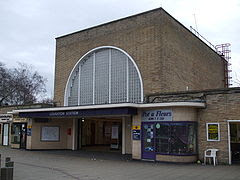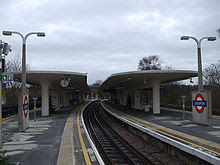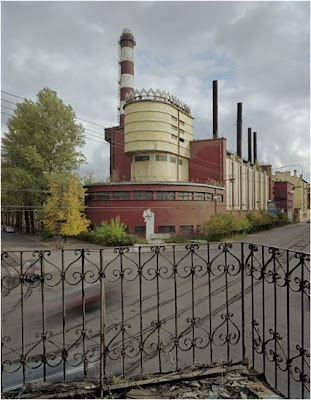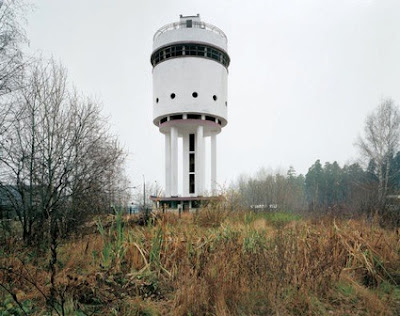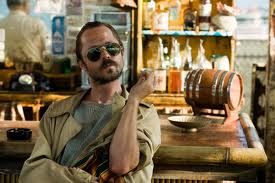Dreams of a Life is a drama documentary about Joyce Vincent, who died aged 38 in her bedsit in London in 2003. Her body lay undiscovered for three years and the film raises's questions of how this could have happened. She was outgoing and vivacious, had friends and family but could apparently disappear and die without anyone noticing. The film interviewed friends who obviously cared for her but it also left some questions unanswered as she met some undesirable characters later in her life but they, unsurprisingly, refused to be interviewed.
The film asks some interesting and uncomfortable questions about a modern society in which something like this could happen but I got the impression that in this case it was more to do with the individual concerned than the lack of community in 21st century, social networked, Britain. She seemed to have a propensity to want to move on, leaving friends and family behind and she drifted in and out of peoples lives. I suppose that couldn’t have happened in a medieval village so in that sense it is a modern problem but lots of people like the possibility of being anonymous in the big city and, just trying to be positive about modern life for a moment, perhaps in the medieval village she might have been burned as a witch for being unusual.
A powerful, compelling and thought-provoking film.
